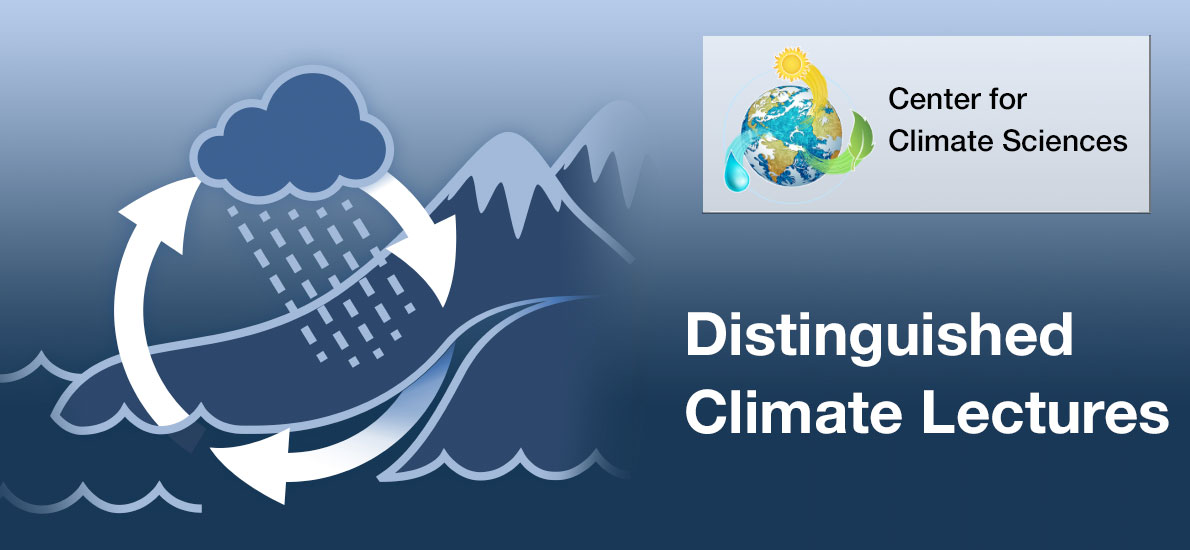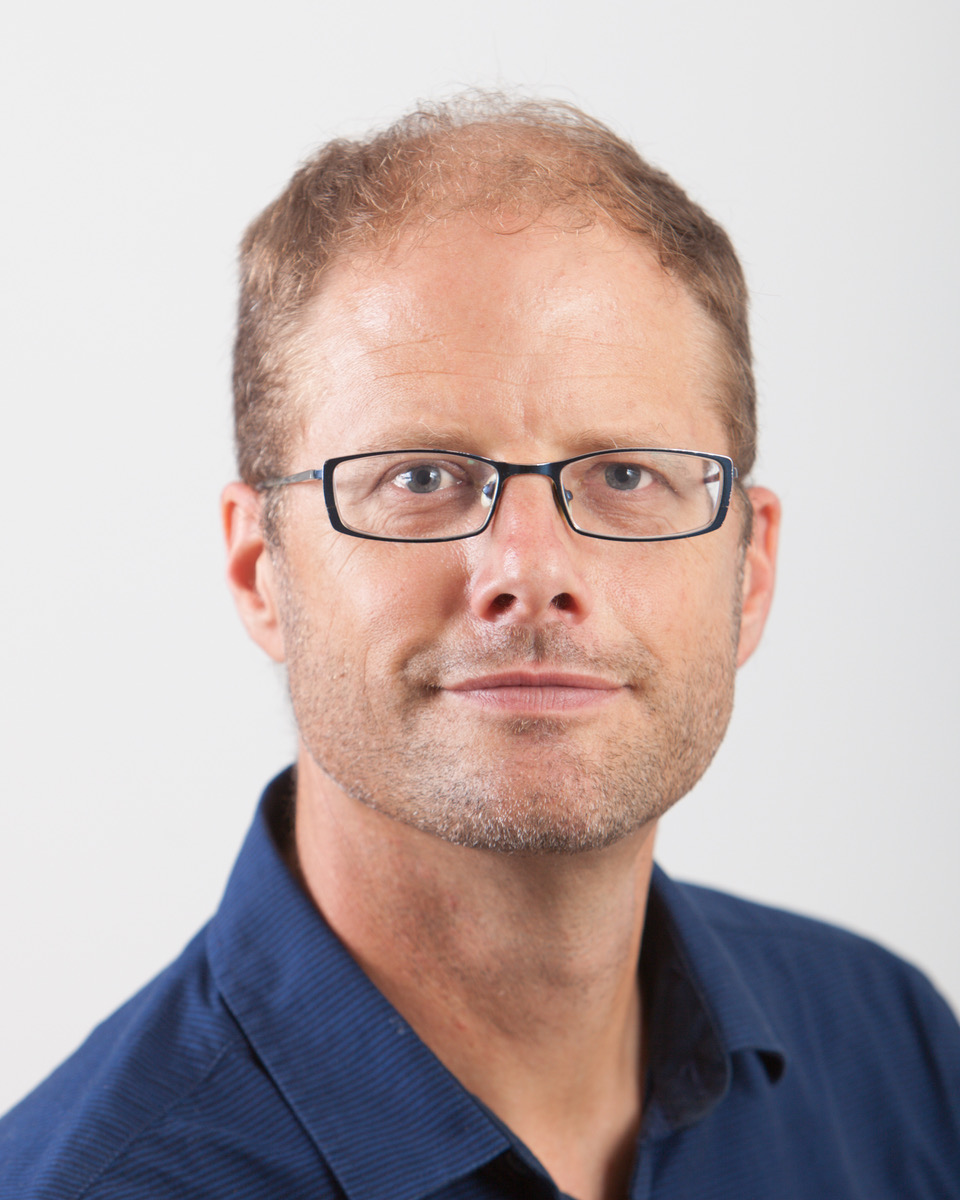Seminars
Why we still need traditional climate models and how they might be improved
February 12, 2024
| 180-101 conference room (in person) & WebEx, 3:00 pm PT
› view lecture

About this Lecture

While there is a growing push to high-resolution models for weather and increasingly climate simulation, equal attention needs to be placed on improving traditional models, because the high-res ones will not be tractable in the foreseeable future for an increasing range of pressing and understudied scientific problems. These include the interpretation of paleaoclimate archives, the quantification of tail risks, and the exploration of potentially important feedbacks between the physical, biological and human systems. Traditional models however rely on parameterizations to capture the net effect of processes they do not resolve, and these parameterizations continue to behave inconsistently and dominate many prediction uncertainties even after decades of effort to improve them. In this talk I will argue that there is nonetheless scope for them to be significantly improved by recognising and correcting oversimplifications or errors in the physics of their conceptual formulation, for example the lack of internal “memory” in current convection schemes which typically assume that convective processes are in equilibrium with the larger-scale boundary conditions. A variety of research approaches are underway to more deeply explore the parameterization problem in general, and to identify the errors in current schemes. This work typically uses fine-scale process models (ideally, large eddy simulation or LES) as the “ground truth” for climate models to emulate. Many new efforts are using machine learning to replace traditional schemes, but I will propose that we might use it instead to identify and correct the errors in these schemes or heuristic models on which they are based. A crucial and unsolved challenge is then how to go from higher-resolution simulations to observations as our ground truth, including those from satellites, when the observations are noisy and incomplete. The huge volume of available satellite data makes this a tantalising prospect.
About

Professor Steven Sherwood studies atmospheric humidity, convective systems and dynamics; interactions between clouds, air circulation and climate; remote sensing of storms, and observed warming trends. He holds a bachelor’s degree in physics from the Massachusetts Institute of Technology (1987), the PhD in Oceanography from the Scripps Institute of Oceanography, University of California (1995), and held postdoctoral positions at VUW in New Zealand and NASA, before rising to rank of Professor at Yale University and then moving to UNSW Sydney in 2009. He is a past Director and current Deputy Director of the UNSW Climate Change Research Centre, and a chief investigator in the Australian Research Council (ARC) Centre of Excellence for Climate Extremes. Prof Sherwood has contributed to national and international climate change reports including as a Lead Author of the chapter on Clouds and Aerosols in the IPCC 5th Assessment Report from Working Group I, and has won several awards including the NSF CAREER award, AMS Meisinger Award, finalist for Eureka Prize in Scientific Discovery, and selection in 2015 as an ARC Laureate Fellow. He is currently co-chair of the World Climate Research Programme’s Safe Landing Climates Lighthouse Activity, which aims to promote scientific activity that will help quantify risks and identify safe pathways of future climate.
